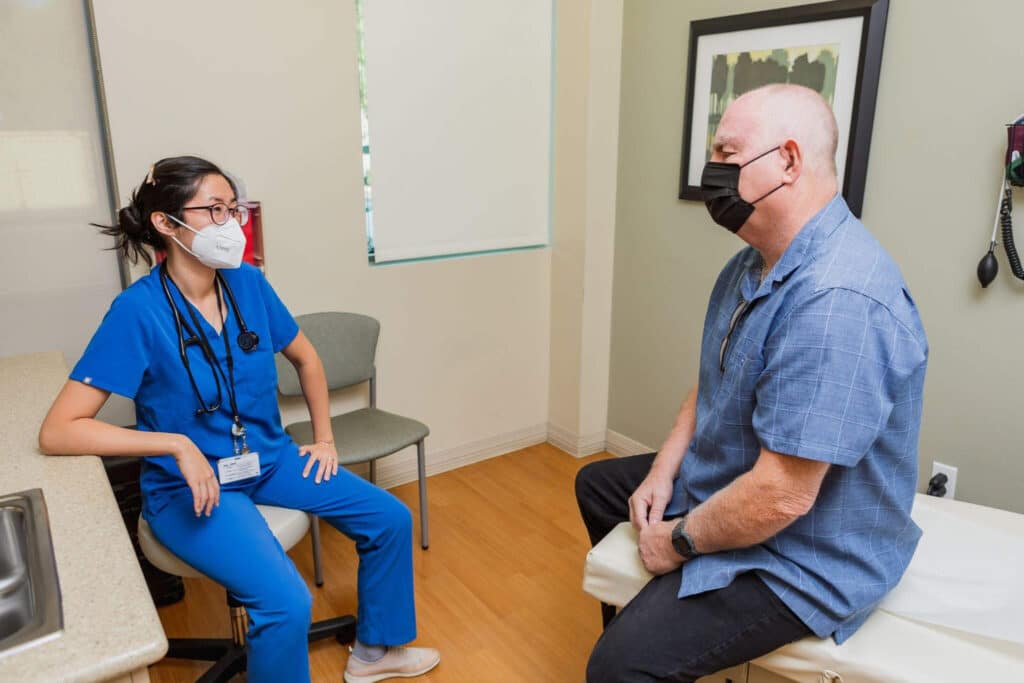
This article has been medically reviewed and approved by Dr. Baez.
Migraines are the second most common type of headache and are experienced by 16 to 17% of the world’s population. Of all ailments, headaches, migraines included, are the most experienced and reported.
Out of over 150 types of headaches, most are no cause for serious concern, but some may have more severe symptoms and act as the first indicator of a more serious underlying health condition or illness.
At PVHC, we believe that knowing exactly when to worry about migraines and where to be seen for debilitating ones is essential to your overall well-being.
If you’re experiencing persistent or worsening migraines, it may be time to seek medical attention at your local urgent care center. Don’t continue to live with migraines; get treatment today.
A migraine is classified as a neurological disease that causes various symptoms, most notably a headache. It is considered a primary headache not caused by other health conditions directly.
According to the Cleveland Clinic, around 12% of Americans live with this disorder. Extensive research has shown that migraines are the sixth most disabling disease worldwide.
The most common migraine symptom is a throbbing or pulsing headache that typically affects one side of the head.
For most people living with migraines, symptoms usually progress through four stages:
This initial stage occurs 1 to 2 days before a migraine, and symptoms often include
The aura stage can occur directly before or during a migraine episode and include reversible nervous system-related symptoms, which can include
Aura symptoms usually progress slowly and can last up to 1 hour.
A migraine can last from 4 to 72 hours if left untreated.
Symptoms include
Migraine frequency varies from person to person.
Immediately following a migraine attack, you may experience symptoms such as
Migraines are linked to various causes, most notably genetics. In fact, nearly 80% of those with migraines have a first-degree relative who also has the disorder.
Other migraine triggers include
Deciding between heading to urgent care or the ER for a migraine can be tricky, but we recommend basing your choice on your symptoms.
If you are experiencing nausea and vomiting, or if your migraine is lasting for several days without relief, we encourage you to stop by one of our urgent care facilities for further evaluation and treatment.
On the other hand, you should seek emergency care at the ER if you are experiencing more extreme symptoms that include
It is critical to be seen at the emergency room if you believe you or a loved one is experiencing an extreme headache with migraine-like symptoms due to:
Conditions and illnesses that affect your quality of life require urgent care.Our state-of-the-art facilities include CT Scan and MRI equipment to help get to the bottom of your headaches.
If you’ve been diagnosed with a migraine disorder or are experiencing headaches that do not improve or worsen rapidly, you should visit one of our urgent care facilities today for further diagnosis and comprehensive treatment.
No appointments are necessary; simply walk in today to receive the treatment you need now.




